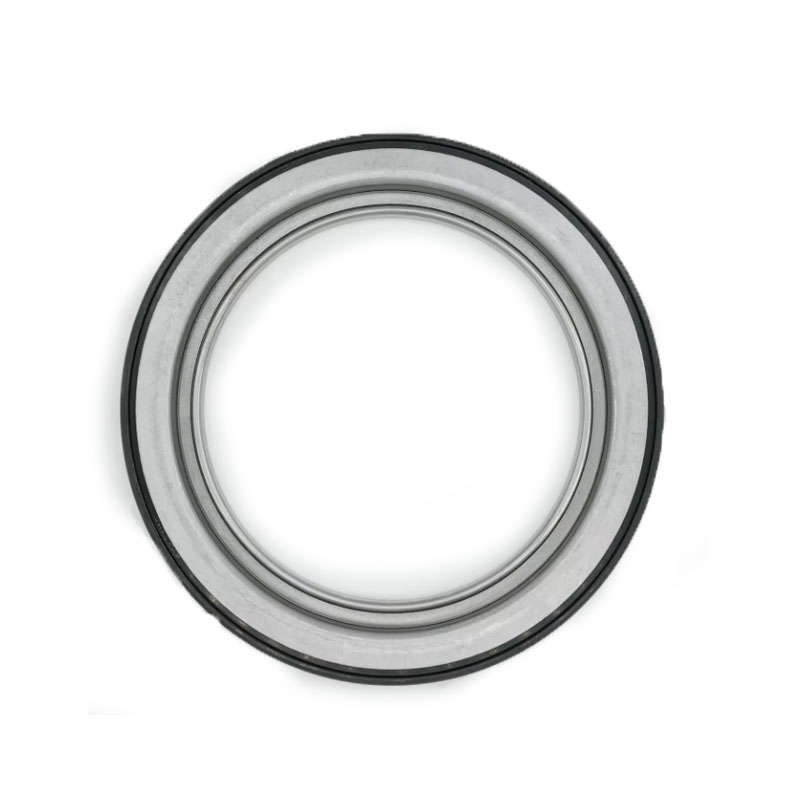Rear Tail Shaft Seal Replacement and Maintenance Tips for Optimal Performance
Understanding Rear Tail Shaft Seal Importance and Maintenance
The rear tail shaft seal is a crucial component in a vehicle's drivetrain system, playing a vital role in maintaining the integrity and performance of your vehicle. Located at the rear of the transmission, the tail shaft seal helps to prevent fluid leakage, sealing the area where the driveshaft connects to the transmission. This seal is primarily designed to contain transmission fluid, ensuring that it does not escape and lead to potential damage and performance issues.
One of the main reasons for the rear tail shaft seal's importance is the function it serves in maintaining proper lubrication of the transmission system. The transmission fluid acts as both a lubricant and a coolant, keeping the components within the transmission functioning smoothly and at the correct operating temperature. A compromised seal can result in fluid loss, leading to inadequate lubrication. This can increase friction and wear on moving parts, ultimately resulting in costly repairs or even transmission failure.
Signs of a failing rear tail shaft seal include visible fluid leaks under the vehicle, especially when parked for extended periods
. Additionally, drivers may notice a decrease in transmission performance or hear unusual noises from the transmission area. If these symptoms are observed, it is crucial to address the issue promptly to prevent further damage.rear tail shaft seal

Maintenance of the rear tail shaft seal generally involves periodic inspections, particularly during transmission service intervals. Technicians should check for signs of wear, cracks, or deformation in the seal, and replace it if necessary. It is also essential to ensure that the driveshaft is properly aligned and secured, as misalignment can contribute to premature seal failure.
When replacing a rear tail shaft seal, proper installation is key to avoiding future issues. This process often involves removing the driveshaft, cleaning the sealing surfaces, and carefully installing the new seal without damaging it. Once installed, the system should be thoroughly checked for leaks to ensure that the seal is functioning correctly.
In conclusion, the rear tail shaft seal is an essential component that contributes to the overall health of your vehicle’s transmission system. Regular maintenance and prompt repair of leaks can prevent more extensive and costly damage down the road. Keeping an eye on this small yet vital part of your drivetrain will help ensure a smooth and reliable driving experience.
-
Understanding the Front Main Engine Seal: Purpose, Maintenance, and Installation
News Jul.29,2025
-
Understanding O-Rings and Seal Rings: Types, Applications, and Custom Solutions
News Jul.29,2025
-
Understanding Crankshaft Oil Seals: Rear Seals, Pulley Seals, and Their Role in Engine Integrity
News Jul.29,2025
-
The Importance of Front and Rear Crankshaft Seals in Engine Performance and Oil Management
News Jul.29,2025
-
Crank Oil Seals: Functions, Types, and Cost Considerations in Engine Maintenance
News Jul.29,2025
-
A Comprehensive Guide to O-Rings and Seals: Types, Materials, and Global Applications
News Jul.29,2025
-
Mastering Diesel and Performance Engine Maintenance: A Guide to Critical Oil Gaskets
News Jul.28,2025
Products categories















